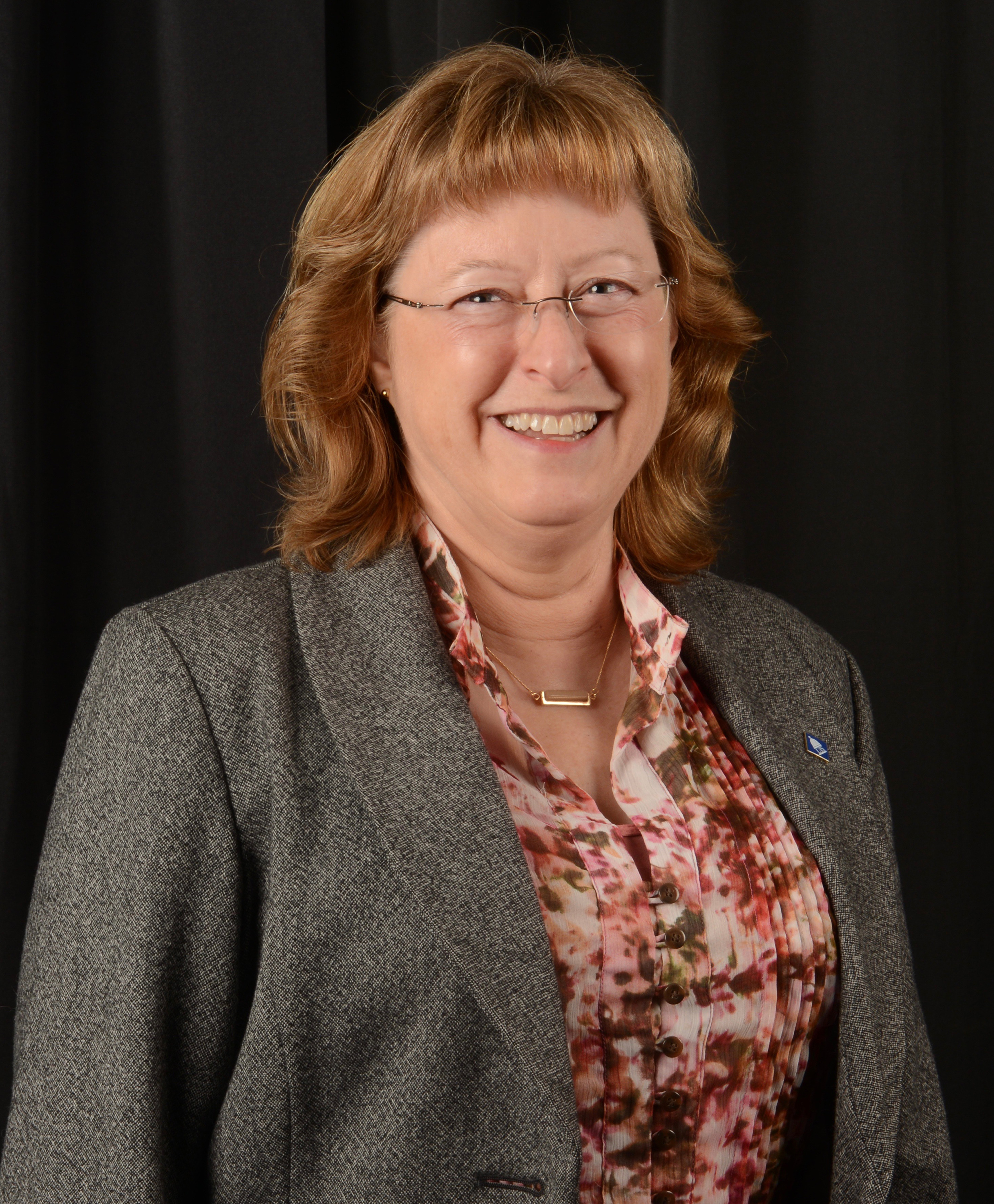Distributed Leadership Can Help with Recovery After the Pandemic
Published by: WCET | 6/25/2021
Published by: WCET | 6/25/2021
Today I am happy to welcome Vickie Cook with the University of Illinois Springfield, who joins us to discuss recent study undertaken on distributed leadership models and the experiences of using such models in our daily educational work. Thank you Vickie for sharing more about this leadership model and your experiences with this approach!
Enjoy the read and enjoy your day,
Lindsey Downs, WCET
Institutions of higher education must now make plans on how to create stronger and more effective learning opportunities for students in the post pandemic educational environment. It is imperative that those with skill and expertise to address these challenges be able and willing to step up and lead. Distributed leadership may be one approach to consider. This strategy is defined as a leadership approach which focuses on participation across an organization.
Spillane (2006) shared that…
… distributed leadership is an emerging set of ideas that allows leadership to occur both formally and informally throughout an institution.
Distributed Leadership builds an institutional culture to allow leader-teams to generate grassroots solutions and initiatives while solving issues. Leader-teams are small groups of employees from across an institution who have a stake in the outcome of the decisions made. These leader-teams should bring the knowledge and expertise related to the topic and a willingness to be responsible for a decision being made and effectively communicated. This can be a very useful model as institutions begin facing the aftermath of the pandemic.

Distributed leadership requires the leader-team to accept responsibility toward a successful resolution of an issue or launching a new initiative. This means the leader-team accepts accountability to their colleagues for decisions, implementation, and outcomes made by the leader-team.
Distributed leadership is powerful because those leading this process hold the expertise and skills to move the institution forward. Positional leadership is not required nor necessarily recommended on the leader-team; however, the positional leaders of the institution must be willing to support leader-teams by allowing the process to work from implementation to fruition.
The practice of distributed leadership is effective because it reduces focus from a position to a leader-team who has the ability to design, implement, and evaluate the approach in a complex organization. This type of leadership model also allows voices from varied and perhaps conflicting points of view to be heard and appropriately investigate pathways forward for the organization. As higher ed professionals seek to change models of enrollment, instruction, business approaches, as well other highly complex practices and policies in the years following the pandemic, building trust across an organization while allowing for discourse to occur will be vital to a successful recovery.
There are seven areas of practice to consider for a successful distributed leadership process to occur.

In my own leadership practice at the University of Illinois Springfield, I find that having a distributed leadership approach can be especially effective when considering new initiatives and projects. Employing the skills and expertise of a variety of individuals and stakeholders across campus in the communication and decision-making process to move projects forward has delivered positive outcomes. Gathering the individuals who bring the skills needed and the knowledge required to create solid decision-making, as well as provide communication and transparency about both the process and the product may appear to take extra time. However, in my own experience, distributed leadership saves time as communication and building understanding and trust occurs simultaneously. Fewer mistakes are made and more positive outcomes realized. Distributed leadership is one leadership tool, not the only leadership practice to consider as part of leading complex tasks in a university setting.

Vickie S. Cook
Executive Director, Online, Professional, and Engaged Learning
Research Professor, Educational Leadership
University of Illinois Springfield
Reference and More Resources:
Spillane, J. (2006). Distributed Leadership. Jossey-Bass
More resources on this leadership model can be found at…